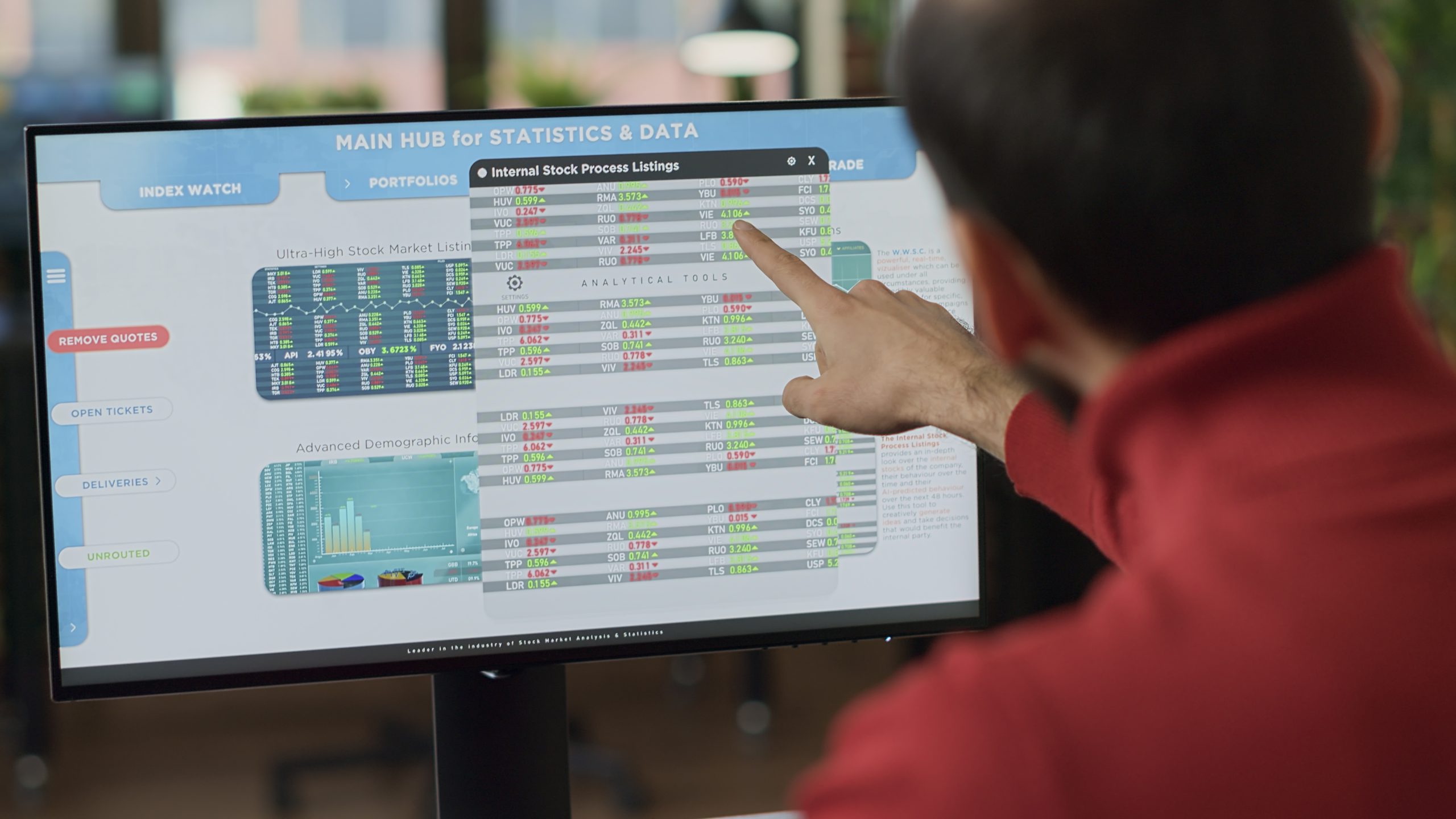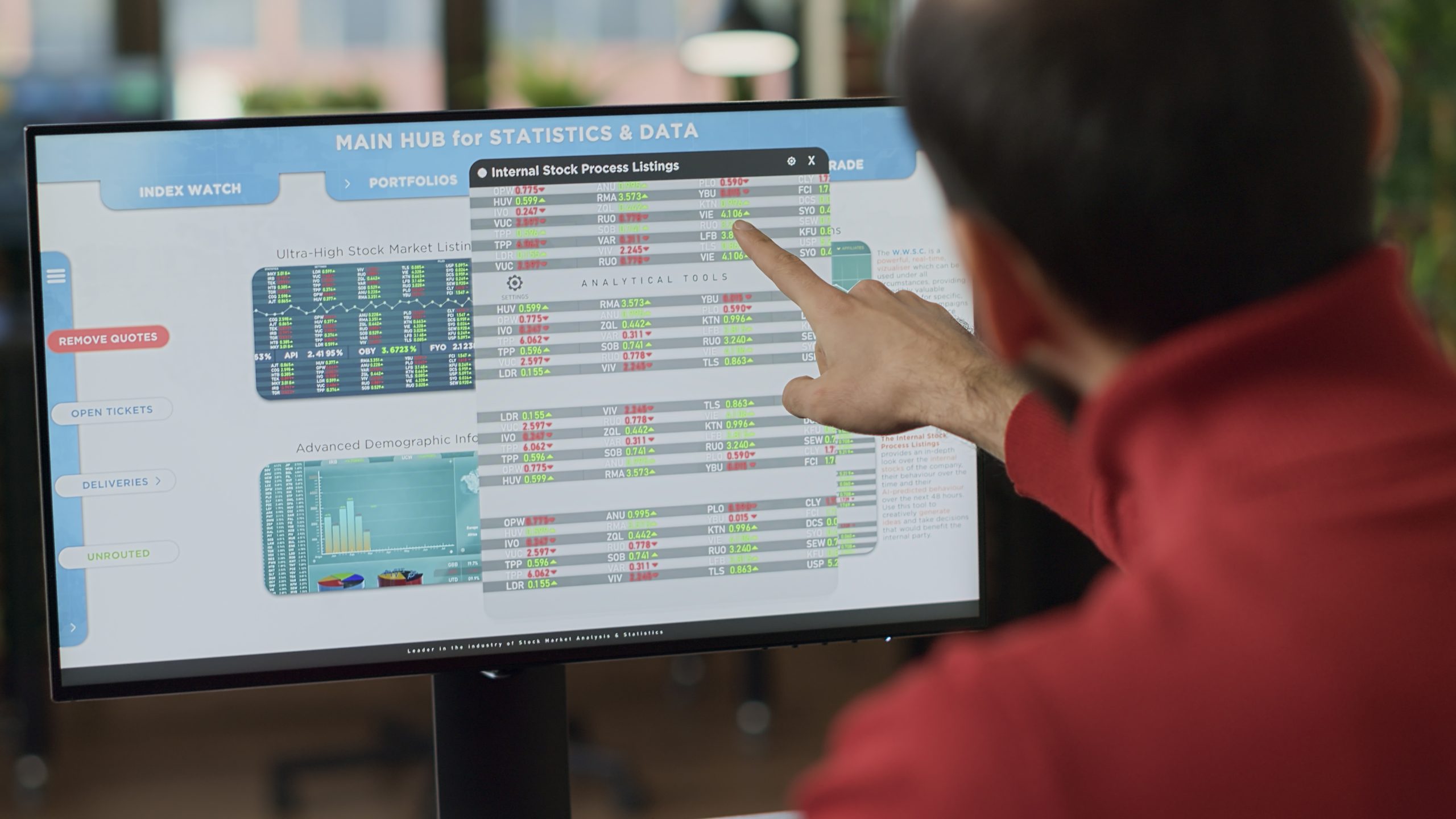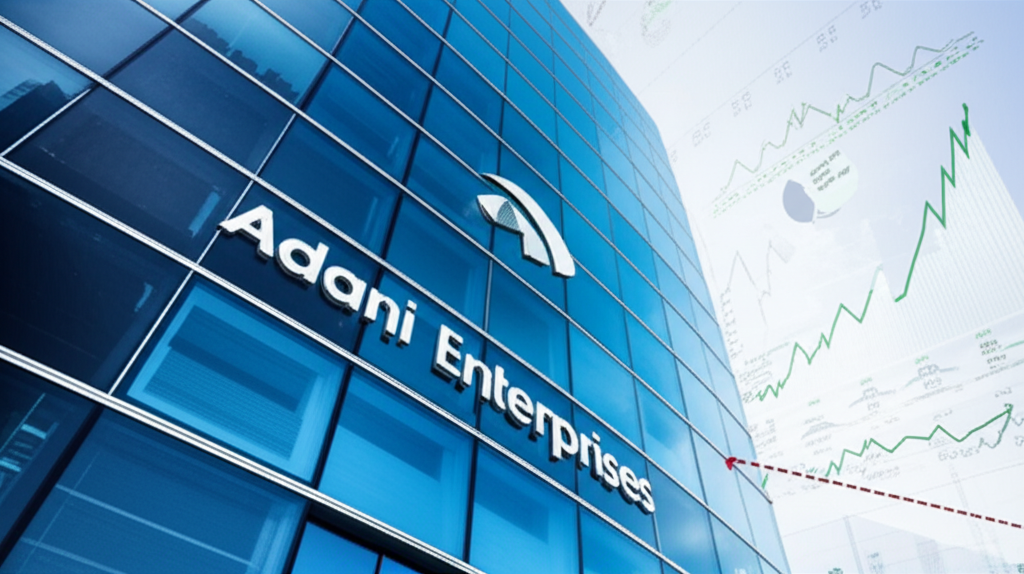Axis Bank, India’s third-largest private sector lender, faced significant selling pressure on April 25, 2025, with its share price tumbling over 4% on the Bombay Stock Exchange (BSE) following the announcement of its fourth-quarter results for FY25 (January–March 2025). The bank reported a nearly flat standalone net profit of ₹7,117.5 crore, marginally down 0.1% year-on-year (YoY) from ₹7,129.67 crore in Q4 FY24, surpassing the ET NOW poll estimate of ₹6,681 crore. Despite improvements in net interest income (NII), asset quality, and core operating profit, the muted profit growth, coupled with weaker-than-expected loan and deposit growth, disappointed investors, triggering a sharp sell-off. The stock hit a low of ₹1,158, closing at ₹1,159.25, down 3.98% from the previous day’s close of ₹1,207.30. This article delves into Axis Bank’s Q4 FY25 performance, the reasons behind the share price decline, brokerage recommendations, and whether investors should buy, sell, or hold the stock.
Axis Bank’s Q4 FY25 Financial Performance: A Mixed Bag
Axis Bank’s Q4 FY25 results, announced on April 24, 2025, presented a mixed picture. Below is a detailed breakdown of the key financial metrics:
- Net Profit: The bank reported a standalone net profit of ₹7,117.5 crore, a marginal decline of 0.1% YoY from ₹7,129.67 crore in Q4 FY24. This figure exceeded the ET NOW estimate of ₹6,681 crore, driven by lower credit costs, but fell short of higher-end expectations due to soft business growth. Sequentially, net profit rose 3.7% from ₹6,303 crore in Q3 FY25.
- Net Interest Income (NII): NII, the difference between interest earned and interest expended, grew 5.5% YoY to ₹13,810.5 crore from ₹13,089 crore in Q4 FY24. Sequentially, NII increased by 2.7%. The growth was supported by a 4 basis point (bps) sequential improvement in net interest margin (NIM) to 3.97%, up from 3.93% in Q3 FY25, though it was down from 4.06% in Q4 FY24.
- Asset Quality: Axis Bank showcased significant improvement in asset quality. The gross non-performing asset (GNPA) ratio declined to 1.28%, down 15 bps YoY and 18 bps quarter-on-quarter (Qoq), marking a decadal low. The net NPA (NNPA) ratio dropped to 0.33%, down 2 bps QQoq. Gross slippages fell to ₹4,800 crore (2% of loans), driven by lower agricultural NPAS and moderation in credit card portfolio stress.
- Loan and Deposit Growth: Total advances grew 8% YoY to ₹10.4 lakh crore, while deposits increased 10% YoY to ₹11.73 lakh crore. However, these figures represent the lowest growth rates in 16 quarters, with advance growth at 7.85% and deposit growth at 9.8%. The current account and savings account (CASA) ratio improved to 41% from 39% in Q3 FY25, reflecting a focus on low-cost deposits.
- Core Operating Profit: Core operating profit rose 11% YoY to ₹10,575 crore, supported by stable operating expenses and non-interest income growth. Non-interest income fell 9.6% YoY to ₹6,116.3 crore, impacted by treasury losses, but pre-provision operating profit (PPOP) grew 5% YoY to ₹11,046 crore.
- Provisions and Credit Costs: Provisions and contingencies surged 71.2% YoY to ₹2,029.1 crore, reflecting tighter asset classification norms. However, credit costs remained stable at approximately 80 bps, with a non-NPA provisioning buffer of 1.77% providing comfort.
- Dividend: The board recommended a final dividend of ₹1 per equity share (face value ₹2), or 50% of the face value, subject to shareholder approval at the 31st Annual General Meeting.
Despite beating profit estimates, the soft loan and deposit growth, coupled with elevated provisions, raised concerns about Axis Bank’s ability to sustain business momentum in a challenging macroeconomic environment.
Reasons Behind the Share Price Decline
- Muted Business Growth: Axis Bank’s loan growth of 7.85% and deposit growth of 9.8% were the lowest in 16 quarters, lagging behind peers like ICICI Bank and HDFC Bank. This underperformance raised concerns about core vulnerabilities, particularly in retail lending segments like home and car loans.
- High Expectations: The stock had rallied significantly ahead of the results, gaining 4% in the past month, 22% in three months, and 8.5% year-to-date (YTD) in 2025. Investors had built positions expecting robust growth, and the flat profit and soft metrics led to disappointment-driven selling.
- Elevated Provisions: The 71.2% YoY surge in provisions to ₹2,029.1 crore, driven by stricter asset classification, spooked investors. While credit costs remained manageable, the increase signalled potential near-term pressure on profitability.
- NIM Pressures: Although NIM improved sequentially, the YoY decline from 4.06% to 3.97% and potential headwinds from anticipated Reserve Bank of India (RBI) rate cuts in FY26 (100 bps, as per Investec) raised concerns about margin compression.
- Weak Non-Interest Income: The 9.6% YoY drop in non-interest income to ₹6,116.3 crore, driven by treasury losses, offset gains in NII and operating profit, contributing to the flat profit growth.
- Market Sentiment: Posts on X, such as those by @Nupurkunia and @FinancialXpress, highlighted weak business momentum and a high cost-to-income ratio (the highest in five quarters), reflecting broader investor concerns about operational efficiency.
These factors, combined with profit-taking after a pre-results rally, led to the sharp correction, with the stock’s total traded volume reaching 4.5 times its 30-day average.
Brokerage Views and Target Prices
Despite the share price decline, brokerages remain largely optimistic about Axis Bank, citing its attractive valuation, improving asset quality, and long-term growth potential. Below are key recommendations:
- Nuvama Institutional Equities: Maintained a “Buy” rating and raised its target price to ₹1,400 from ₹1,220, citing sequential traction in growth and non-performing loans (NPLS). However, it noted that personal loan asset quality may take a few quarters to stabilise, and tighter asset classification could marginally increase credit costs in FY26.
- Investec: Retained a “Buy” rating with a target price of ₹1,430 (up from ₹1,298), calling Q4 a steady quarter. It highlighted healthy deposit growth and asset quality improvements but flagged soft loan growth and potential NIM pressure from rate cuts.
- Jefferies: Maintained a “Buy” rating with a target price of ₹1,450, noting that Axis Bank trades at a 25–30% valuation discount to peers due to asset quality concerns. The brokerage believes the current dip offers a buying opportunity, given the bank’s stable return on assets (ROA) of 1.64%.
- Equirus Securities: Kept a “Long” rating with a March 2026 target price of ₹1,500, emphasising attractive valuations at 1.6x FY27E book value. It expects FY26 credit costs to remain flat at 80 bps and sees potential for re-rating if business growth accelerates.
- Nomura: Maintained a “Buy” rating but reduced its target price to ₹1,230 from ₹1,300, citing soft loan growth and potential NIM pressure.
- Citi: Downgraded to a “Neutral” rating with a target price cut to ₹1,160 from ₹1,190, reflecting concerns about muted growth and rising slippages.
- Emkay Global: Retained a “Buy” rating with a target price of ₹1,400, noting that the Q4 profit beat was driven by lower credit costs. It sees Axis Bank as a good long-term pick for steady returns.
Of the 50 analysts tracking Axis Bank, 42 recommend “Buy,” and eight suggest “Hold,” with no “Sell” ratings, according to Bloomberg data. The average 12-month consensus target price of ₹1,295.61 implies a 15.8% upside from the current level of ₹1,159.25.
Technical Analysis: A Buying Opportunity?
Technical analysts view the post-results dip as a potential buying opportunity. Anshul Jain, Head of Research at Lakshmishree Investments, noted that Axis Bank’s share price tested the 10-day exponential moving average (EMA) and is poised for a pullback toward the 20-day EMA at ₹1,135. Low trading volumes during the decline suggest profit booking rather than a structural breakdown, making the dip a “healthy retracement” for momentum traders. The relative strength index (RSI) at 60 indicates the stock is neither overbought nor oversold, supporting a bullish outlook.
The stock’s 52-week high is ₹1,339.65, and the low is ₹933.50, with a three-year return of 49.26%, outperforming the Nifty 100’s 40.9% return. The current price-to-earnings (P/E) ratio of 13.09 and price-to-book (P/B) ratio of 2.35 suggest reasonable valuations compared to peers like ICICI Bank (P/E 18.5).
Should You Buy, Sell, or Hold?
The decision to buy, sell, or hold Axis Bank shares depends on an investor’s risk appetite, investment horizon, and market outlook. Below is a detailed analysis:
Buy
- Rationale: The majority of brokerages, including Nuvama, Investec, Jefferies, and Equirus, recommend buying, citing attractive valuations (1.6x FY27E book) and improving asset quality (GNPA at 1.28%). The stock’s 15.8% upside potential, as per the consensus target price, makes it appealing for long-term investors. The dip offers a buying opportunity for momentum traders, as technical indicators suggest a pullback to ₹1,135–1,200. Axis Bank’s focus on retail liabilities and risk-adjusted return on capital (RAROC)-based lending supports sustainable growth.
- Best For: Long-term investors seeking steady returns and those comfortable with near-term volatility.
Sell
- Rationale: Investors with a short-term horizon may consider selling due to near-term pressures, including muted loan growth, elevated provisions, and potential NIM compression from RBI rate cuts. Morgan Stanley warned of challenges from rising credit card costs and slower loan growth, which could cap upside in FY26. Citi’s “Neutral” rating and lowered target price reflect caution.
- Best For: Short-term traders looking to lock in gains after the pre-results rally or risk-averse investors concerned about macroeconomic headwinds.
Hold
- Rationale: Investors with a medium-term horizon may prefer to hold, awaiting clarity on business growth and asset quality trends. The bank’s stable ROA (1.64%), healthy CASA ratio (41%), and strong capital adequacy (15.4%) provide a buffer against risks, but soft growth and high cost-to-income ratios warrant caution. Holding allows investors to benefit from a potential re-rating if loan growth picks up in FY26.
- Best For: Balanced investors seeking to retain exposure to a fundamentally strong bank while monitoring near-term challenges.
- Recommendation: The consensus leans toward “Buy” for long-term investors, given Axis Bank’s attractive valuation, improving asset quality, and potential for re-rating. Short-term investors may consider “Sell” or “Hold” due to growth concerns. Investors should consult certified financial advisors before making decisions, as advised by Moneycontrol and News18.
Broader Industry Context
Axis Bank’s performance reflects broader trends in India’s banking sector. Private banks like ICICI Bank and HDFC Bank have reported stronger loan growth (12–15% YoY), highlighting Axis Bank’s relative underperformance. The sector faces challenges from rising interest rates, regulatory scrutiny, and potential rate cuts in FY26, which could pressure NNIMS. However, improving asset quality and digital transformation initiatives position banks like Axis Bank to capitalise on India’s growing credit demand, particularly in retail and SME lending.
Risks and Considerations
Investors should consider the following risks:
- Macroeconomic Headwinds: Potential RBI rate cuts and global economic uncertainties could impact NIMS and loan growth.
- Regulatory Risks: Stricter RBI norms on capital adequacy and asset classification could increase compliance costs.
- Competitive Pressures: Peers like ICICI Bank and HDFC Bank are gaining market share, challenging Axis Bank’s growth.
- Asset Quality: While improved, personal loan and credit card stress could persist, as noted by Nuvama.
Conclusion
Axis Bank’s Q4 FY25 results, marked by flat net profit and soft loan growth, led to a 4% share price decline on April 25, 2025, reflecting investor disappointment after a pre-results rally. However, the bank’s improving asset quality, stable NIM, and strong operating profit growth, coupled with attractive valuations, have prompted brokerages like Nuvama, Investec, and Jefferies to maintain “Buy” ratings with target prices of ₹1,400–1,450. Technical analysts see the dip as a buying opportunity, with a potential pullback to ₹1,135–1,200.
Long-term investors should consider buying, given the 15.8% upside potential and Axis Bank’s robust fundamentals. Short-term traders may opt to sell or hold, awaiting clarity on growth momentum. As India’s banking sector navigates challenges and opportunities, Axis Bank’s focus on retail liabilities and digital innovation positions it for sustainable growth, making it a compelling pick for patient investors.















0 Comments